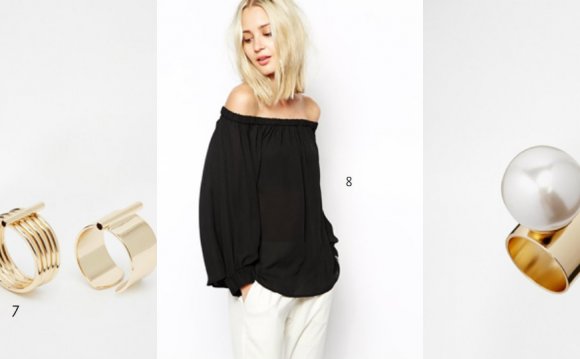
![]() As designers, we all know that a minimalist design can achieve beautiful results.
As designers, we all know that a minimalist design can achieve beautiful results.
Still, many designers have trouble creating one; either they have a hard time making a page with so few elements look good or the final result just doesn’t look “complete.”
There are many articles on the Web about minimalism and this article aims to help you achieve a minimalist design that is beautiful but not bare.
To top it off, we’ll present a small showcase of minimalist designs, so that you can analyze why some designs work and others don’t.
What Is Minimalist Design?
Minimalist design has been described as design at its most basic, stripped of superfluous elements, colors, shapes and textures.
Its purpose is to make the content stand out and be the focal point. From a visual standpoint, minimalist design is meant to be calming and to bring the mind down to the basics.
The design movement began in Switzerland and was then applied to a variety of media: graphic design, architecture, music, literature, painting and, more recently, web design.
Although minimalist design took off decades ago, the early days of the Internet did not show it. Even without the rotating logos, marquees and bright colors, website designs were cluttered and overbearing.
We’ll go over the basic principles of minimalist design. But even if you choose not to pursue a minimalist aesthetic, the lessons here can help you simplify your design, whatever your style.
Less Is More
As mentioned, minimalism brings the most important content to the forefront and minimizes distractions for the user. If a page has too many elements, the viewer will be confused about where to look or misinterpret the priority of each element. A minimalist design puts the focus squarely on the content.
Any splash of color on a black-and-white design, for example, is sure to get the user’s attention. The color itself becomes the focal point. Let’s look at a specific example:
You’ve probably seen this kind of design before: plain white background, one block of content and one graphic element.
The graphic element brings color, texture and shape. It is clearly the most important element on the page, and it defines the designer’s brand and identity.
With the complexity of this particular graphic element, more content on this page would have made it less noticeable, and less important. Keeping the content to a minimum, the designer has achieved the perfect balance.
How to Minimize Content
The first step to creating a minimalist design, or just simplifying a layout, is not simply to cut out most of the graphics, but rather to rethink the content and strip it to the bare requirements. Only then will the most important elements on the page achieve their intended effect.
Just as you would plan any website, write down what content you need: logo, introduction, navigation, etc. Cut out anything else that is not essential. Throw out as much as possible.
Below are some elements you probably do not need. Keep in mind that this is just a guide. Your exact requirements will depend on your particular design. Some of the items below may not be required for your website.
- Icons or graphics for social media, or a social media section at all
- Taglines and supplementary descriptions or introductions







